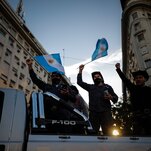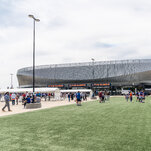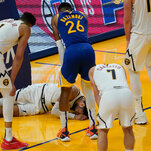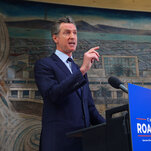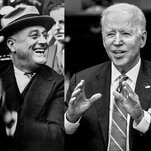The Magic of Monaco: Formula 1’s Most Iconic Grand Prix
A Race Like No Other
The Formula 1 Grand Prix in Monaco stands as the crown jewel of the F1 calendar. Held each year on the streets of Monte Carlo, the race is a unique blend of motorsport tradition, intense challenge, and luxurious spectacle. Since its debut in 1950, the Monaco GP has remained a staple of the championship, and its importance goes far beyond championship points—victory here is a statement of skill and status.
A Circuit of Pure Precision
The Circuit de Monaco is unlike any other on the calendar. With tight corners, steep elevation changes, and barriers that leave no room for error, it is often said that the driver, not the car, makes the real difference here. The lap includes famous corners like Casino Square, the hairpin at Grand Hotel, and the tunnel that opens onto a high-speed chicane. This track punishes the slightest mistake and rewards pure concentration and finesse.
Qualifying is Everything
Overtaking in Monaco is extremely difficult, which makes Saturday’s qualifying session arguably more important than the race itself. Pole position gives a huge advantage—more than at any other track—and drivers push their cars to the limit through the winding streets to secure it. A poor qualifying result can ruin a race weekend, as even faster cars often struggle to find a way past slower ones during the Grand Prix.
Glamour and Grandeur
Beyond the racing, the Monaco GP is a magnet for celebrities, influencers, and the global elite. Yachts line the harbor, champagne flows freely, and fashion is on full display. Yet, behind the luxury lies a gritty and intense sporting challenge. It’s this contrast—the beauty and the brutality—that gives Monaco its mystique.
Legends Are Forged Here
Some of the greatest names in F1 history have left their mark in Monaco. Ayrton Senna, the “King of Monaco,” won the race six times, showcasing his unmatched feel for street circuits. Drivers like Graham Hill, Alain Prost, and Michael Schumacher have also mastered Monte Carlo’s relentless rhythm. Winning here places a driver in elite company and cements their reputation as one of the best.
Modern Strategy Meets Old-School Challenges
Today’s F1 cars are longer and wider, making Monaco even more claustrophobic. Teams prepare special setups with maximum downforce and soft suspension to handle the bumpy roads and tight turns. Tire strategy and pit stops play a critical role—especially if a safety car shakes up the order. Track position is everything, and even the smallest error in strategy can be costly.
A Race That Still Captivates
Despite criticisms that the race can be processional, the Monaco Grand Prix still delivers drama, tension, and unforgettable moments. Whether it’s a spectacular crash, a rain-affected race, or a stunning qualifying lap, Monaco always has the potential to surprise. It remains a favorite among fans and drivers alike—not just for what it is, but for what it represents: the soul of Formula 1.
Conclusion
Monaco is not just another race—it’s the essence of Formula 1. With its mix of danger, beauty, and prestige, it continues to be the race every driver wants to win. And when they do, they don’t just take a trophy—they become part of motorsport legend. Victory in Monte Carlo is a career-defining moment, often remembered more than a world title. It’s a place where precision outweighs horsepower, and where drivers prove not only their talent but their nerve. The roar of engines echoing through the narrow streets, the flash of cars darting between Armco barriers, and the backdrop of the glittering harbor create a spectacle unmatched anywhere else in the world. In Monaco, every lap is a risk, every corner a challenge, and every win a triumph of skill and spirit. As long as Formula 1 exists, the magic of Monaco will remain its beating heart.
